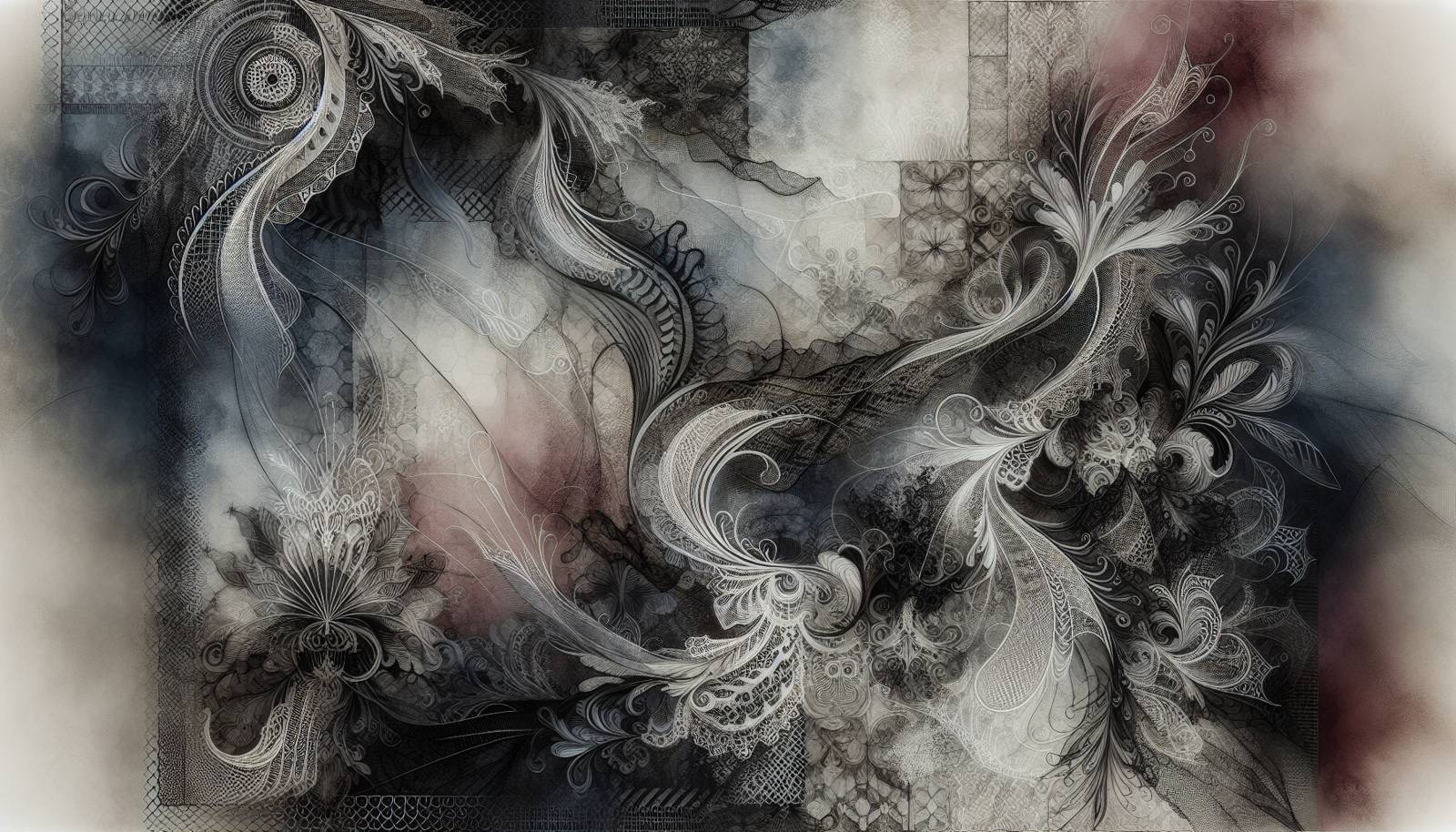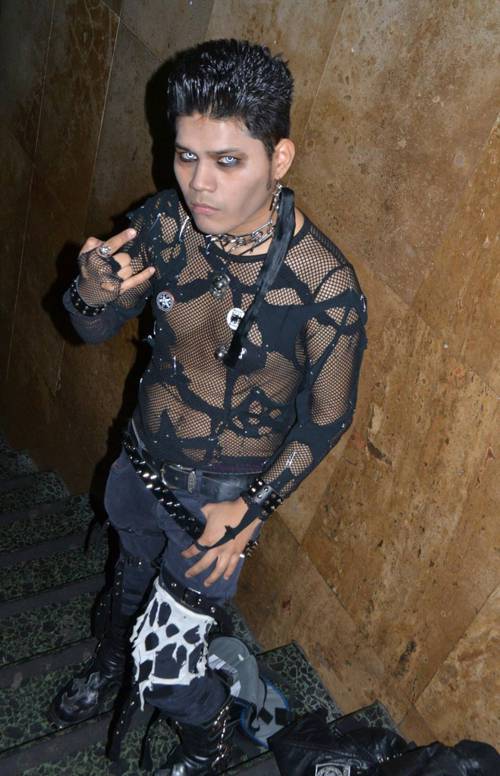
FAQ About The Influence of Gothic Fashion on Modern Subcultures

What is Gothic fashion?
Gothic fashion is a clothing style marked by dark, mysterious, and antiquated features. It often involves black clothing, dark makeup, and silver or gold jewelry with medieval, Victorian, or punk influences. Accessories like lace, velvet, leather, and corsetry are common, as are symbols associated with the macabre or occult.

How has Gothic fashion influenced modern subcultures?
Gothic fashion has significantly influenced modern subcultures by promoting an aesthetic that embraces darkness, mystery, and individuality. This influence is seen in the goth subculture, which persists and evolves in music, art, and fashion. Additionally, Gothic elements have seeped into other subcultures like steampunk and certain punk variations, shaping their stylistic elements.

Which modern subcultures have been most influenced by Gothic fashion?
The goth subculture is most notably influenced by Gothic fashion, serving as its direct descendant. However, other subcultures such as steampunk, emo, and certain aspects of heavy metal and punk subcultures have also adopted elements of Gothic fashion. These subcultures often integrate darker themes and Victorian or medieval aesthetics derived from Gothic fashion.

In what ways has Gothic fashion influenced modern music scenes?
Gothic fashion has influenced modern music scenes by inspiring genres like goth rock, darkwave, and industrial music. Performers in these genres often embody Gothic aesthetics through their stage attire and music videos. Bands like The Cure and Bauhaus have popularized this look, tying it to their musical identity and influencing contemporary artists who adopt similar styles.

What are some common elements of Gothic fashion that appear in modern styles?
Common elements of Gothic fashion in modern styles include the use of black clothing, lace, leather, corsets, and velvet. Accessories with occult or mystical symbolism, such as crosses or ankhs, as well as lace-up boots and dark makeup, also remain prevalent. These elements are often blended with elements from other styles to create unique modern expressions.

Has Gothic fashion impacted gender norms in modern subcultures?
Yes, Gothic fashion has challenged traditional gender norms by promoting androgyny and fluidity in style. It encourages individuality and self-expression beyond gender binary constraints, leading to acceptance of diverse identities within subcultural communities. This aspect often promotes inclusivity and diversity in fashion choices.

How did Gothic fashion originate, and how has it evolved?
Gothic fashion originated in the late 1970s and early 1980s within the goth subculture in the UK, influenced by punk and historical clothing elements from the Gothic and Victorian eras. Over time, it evolved by incorporating modern fashion trends and blending with other subcultural styles, resulting in diverse expressions seen in today's fashion.

Are there any specific designers or brands known for Gothic fashion?
There are several designers and brands known for Gothic fashion, such as Alexander McQueen, who integrated Gothic elements into high fashion. Brands like Killstar, Lip Service, and Demonia are popular within the Gothic community for crafting dark, alternative clothing that embraces gothic themes with modern twists.

How does Gothic fashion influence art and visual culture today?
Gothic fashion influences art and visual culture by inspiring dark, fantastical themes in various forms of artistic expression. It often manifests in photography, films, and literature, where gloomy aesthetics, historical themes, and mystical elements are explored and celebrated. This influence is seen in works by artists who appreciate the dramatic and emotional visual style of Gothic fashion.

What are some misconceptions about Gothic fashion?
Common misconceptions about Gothic fashion include the belief that it is exclusively dark or morbid. While it embraces darker themes, it also values individuality and artistry, with an appreciation for the ghostly, romantic, and historical. It is also mistakenly associated only with rebellion or antisocial behavior, rather than its broader cultural and aesthetic contributions.

How has social media affected the popularity of Gothic fashion?
Social media has significantly boosted the popularity of Gothic fashion by providing platforms for enthusiasts to share their style and connect globally. It allows for the exchange of ideas and trends, fostering a vibrant community that celebrates Gothic fashion. Platforms like Instagram and TikTok have popularized Gothic aesthetics among younger audiences who participate in visual and creative subcultures.

What is cyber goth, and how does it relate to Gothic fashion?
Cyber goth is a substyle that fuses elements of Gothic fashion with futuristic and rave styles. It incorporates luminous colors within the typically dark Gothic palette and uses materials like PVC and latex, along with cyber-inspired accessories like goggles and LED lights. This style reflects a modernization of Gothic aesthetics, emphasizing technology and cyberculture.

What role does music play in the Gothic fashion subculture?
Music is integral to the Gothic fashion subculture, with genres like goth rock, post-punk, and darkwave forming its backbone. The music embodies the mood and themes often expressed in the fashion, serving as a source of inspiration and identity. Musicians in these genres frequently incorporate Gothic fashion into their personal style and stage performances.

Why do people choose to adopt Gothic fashion?
People often adopt Gothic fashion as a form of self-expression, drawn to its emphasis on individuality, creativity, and its often romantic, mysterious themes. Many feel a personal connection to the aesthetics of Gothic fashion, which enables them to express facets of their personality or to distinguish themselves from mainstream fashion trends.

What impact does Gothic fashion have on the fashion industry as a whole?
Gothic fashion influences the broader fashion industry by introducing unique and daring design elements. It challenges designers to explore darker, more dramatic aesthetics, often influencing haute couture and mainstream fashion with its distinctive styles and themes. This cross-pollination results in recurring trends like black lace, corsetry, and Victorian motifs across seasons.

Is Gothic fashion sustainable?
Gothic fashion can be sustainable if it embraces eco-friendly materials and ethical production methods. Many followers of the style promote thrifting and DIY approaches, which align with sustainable fashion practices. However, sustainability largely depends on the choices of consumers and producers in sourcing materials and manufacturing processes.

How do Gothic fashion trends vary globally?
Gothic fashion trends vary globally, as regions adapt Gothic elements to fit cultural and climatic contexts. In Asia, for example, Gothic Lolita combines Gothic and Victorian styles with a uniquely playful twist. In contrast, European interpretations might focus more on historical accuracy and subdued elegance. Despite regional differences, a shared appreciation for dark aesthetics and individual expression remains common.

What is the relationship between Gothic fashion and fantasy genres?
Gothic fashion often overlaps with fantasy genres, sharing aesthetic elements like medieval themes, mystical symbols, and dramatic, flowing garments. This connection is apparent in fantasy literature, films, and games where characters embody Gothic-style attire to enhance the storytelling's sense of wonder and otherworldliness.

Can Gothic fashion be incorporated into professional attire?
While traditional professional attire tends to eschew overt Gothic styles, elements can be subtly included to express personal style within work settings. Options include black tailored outfits, lace blouses, or discreet use of Gothic-themed accessories. However, the acceptability depends on the workplace culture and dress code policies.

Why has Gothic fashion remained popular over the years?
Gothic fashion has remained popular due to its timeless appeal, tapping into human fascinations with mystery, the supernatural, and historical eras. It offers a sense of identity and community among its adherents, while also continuously renewing its appeal by evolving with cultural trends and individual interpretations.
